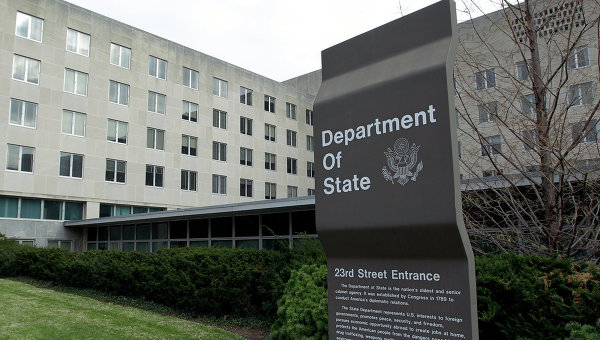
Dr. Taner Akcam shared new revelations about the planning of the Armenian Genocide during a lecture at Fresno State University on March 3, the Armenian Mirror Spektator reports.
Akcam, director of the Armenian Genocide Research Program at the Promise Armenian Institute at UCLA, has discovered new telegrams and validated previously known documents sent by members of the ruling Committee of Union and Progress (CUP) political party during the First World War which shed new light on how and when the decision was taken to implement a full-scale annihilation of the Ottoman Armenian population.
Akcam related how some of the leading scholars of the Armenian Genocide have disagreed on the extent to which the Genocide was premeditated. Vahakn Dadrian, known as the father of Armenian Genocide scholarship, and Akcam’s mentor, believed that there was always a long-range goal to eliminate the Armenian people, and the First World War merely gave its perpetrators, CUP, the political party that ran the Ottoman Empire as an authoritarian one-party state from 1913-1918, the pretext and cover to enact their plans.
Akcam revealed that while the ultimate decision to eliminate all Armenians in Anatolia and Western Armenia was taken by the CUP’s Central Committee in Constantinople (led by the triumvirate of Mehmet Talat, Ismail Enver, and Ahmet Jemal), he displayed new evidence showing that the “first decision” to annihilate Armenians was taken in Erzurum on December 1, 1914.
It was the Central Committee of the Teshkilat-i Mahsusa (“Special Organization,” the corps of ex-convicts and Kurdish tribesmen who were answerable directly to the CUP leaders), headquartered in Erzurum, which on that date gave the order to their forces that “those suspected of being potential leaders of the revolt or liable to carry out attacks against Muslims should be arrested and eliminated.”








